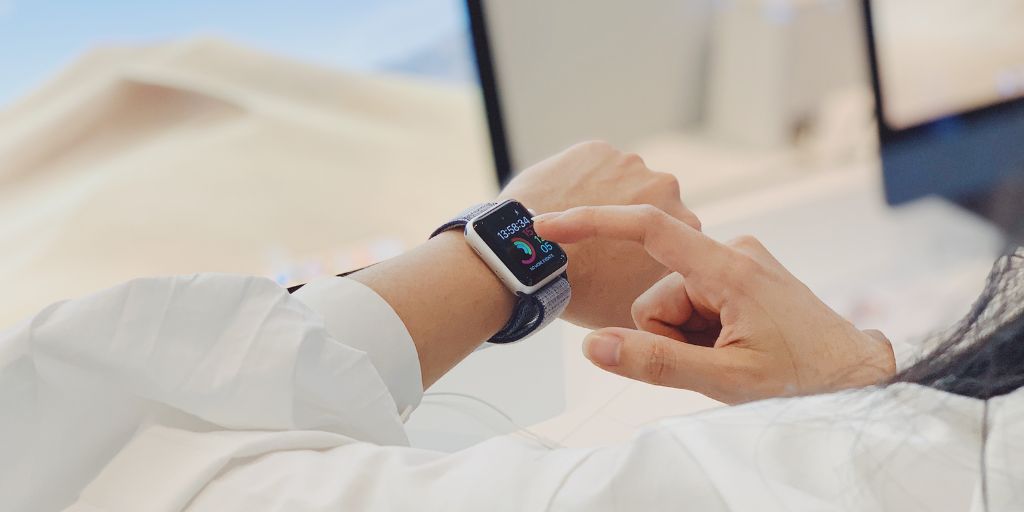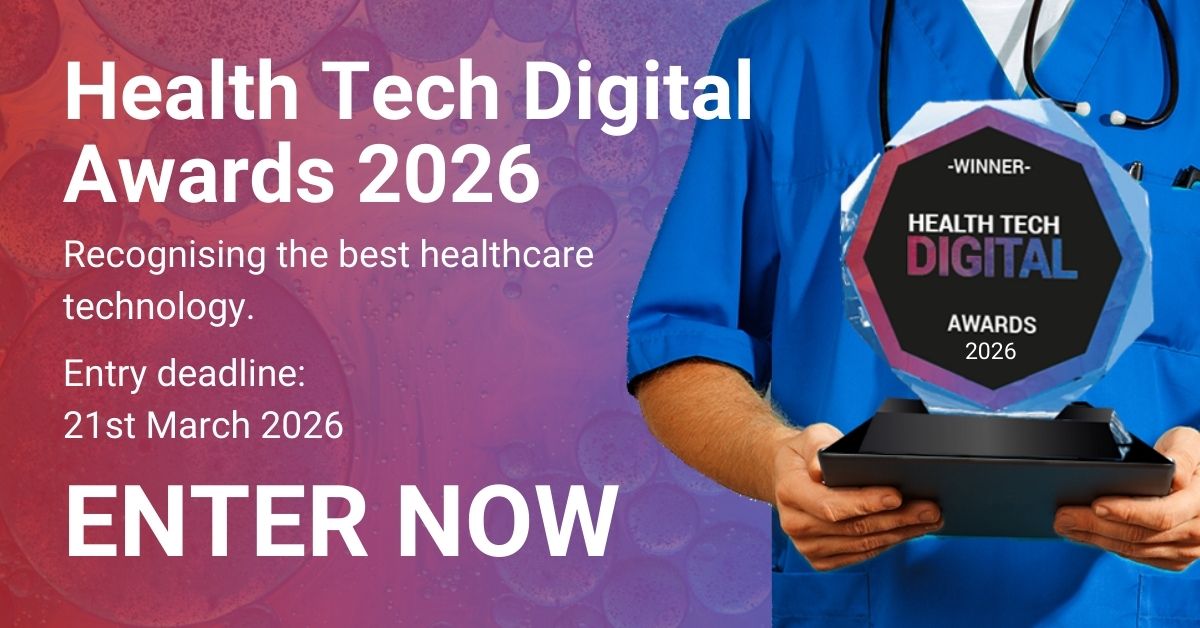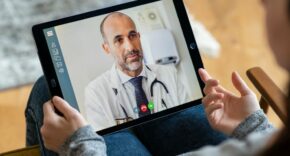
With the rise in the aging population, chronic diseases and personalized care services, wearable technologies are not just a fad but are here to stay. After all, it is more convenient to track fitness journeys on your wrist than to rush to the hospital.
What is wearable technology?
Wearable technology integrates artificial intelligence and healthcare data with wearable electronic devices. These wearable IoT devices give you and your doctor real-time access to your health status.
How is wearable technology helpful?
Owning wearable health devices helps you in multiple ways:
- Tracks your health-related data
- Gives real-time information on your health status
- Helps you make healthy lifestyle changes
- Educates on issues that affect your body
Check out these startling stats on wearable technologies.
Stats
- In 2021, the market size of wearable technology was about $115.8 billion, and it is expected to reach $380.5 billion by 2028.
- 320 million health wearable devices will be shipped worldwide in 2022. By 2024, it will reach around 440 million.
- Wearable technologies are expected to reduce 16% of hospital costs by 2027, and by 2037, it could save $200 billion with its remote patient monitoring devices.
What is the scope of wearable technology in healthcare?
Wearable technologies have revolutionized the healthcare industry with these devices.
#1 Wearable Fitness Tracker
These activity trackers record fitness-related metrics like step counts, sleeping patterns, calories burned, oxygen level, and heart rate.
How are they useful?
- Helps you set daily fitness goals
- Motivates to be physically active
- Monitors heart rate
- Tracks sleeping quality
#2 Smart Health Watches
Smartwatches were earlier used only to count steps and show time. But now, they have come a long way and are an indispensable healthcare technology.
How are they useful?
- Encourages healthy and active changes
- Offers personalized fitness routine
- Monitors workout progress and recommends workout tutorials accordingly
- Allows you to set medication reminders
- Tracks diet and calorie intake
#3 Wearable ECG monitors
Wearable ECG monitors have revolutionized the patient-doctor relationship. These are portable electro-cardiography devices that measure heart health.
How are they useful?
- Doesn’t need electrodes placed on the skin to measure health activity
- Provides more straightforward heart readings and analytics
- Quickly detects irregular and abnormal heart readings
#4 Wearable Biosensors
Biosensors use elements like antibodies or enzymes to detect biochemical quantities. Wearable biosensors are an integration of biosensors into/with the human body, such as patches, gloves or tattoos. Though this is not a developed market, it is getting traction.
How are they useful?
- Diagnoses disease quickly
- Suggests timely prevention and treatment for diseases
- Gives a faster response rate
- Reduces the expensive hospitalized treatment
#5 Wearable Blood Pressure Monitors
These portable blood pressure monitoring devices are convenient and accurate.
How are they useful?
- Accurately identifies different hypertension issues.
- Provides wider availability with in-house and out-of-office measurements
Key Takeaways
Wearable technologies have endless possibilities in healthcare thanks to the highly personalized, easily accessible and affordable rates.
They motivate people to engage with their health metrics and adopt regular fitness routines. These technologies have revolutionized health care and are providing high-quality health services at affordable prices.











